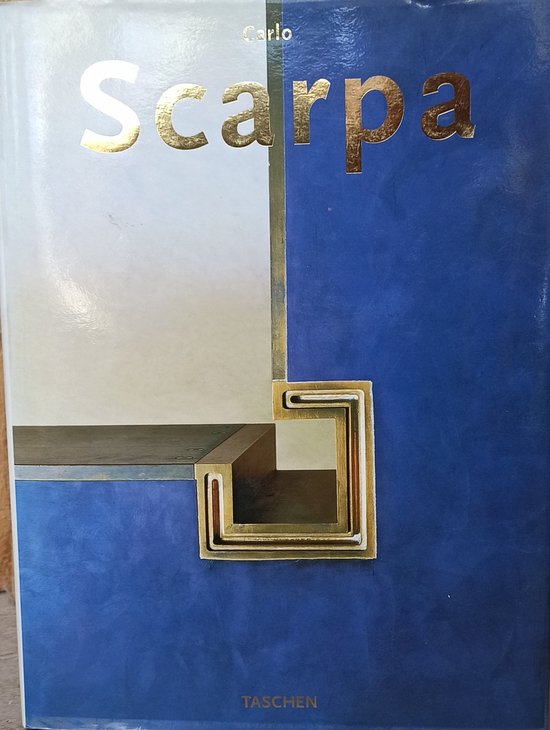
Carlo Scarpa, Castelvecchio, Verona
During the 1960s Italy's museum sector witnessed a fertile period of renewal. A generation of architects, working in partnership with the directors of museums, set about transforming into exhibition spaces a number of ancient monumental complexes located in the historic centres of some of the most important Italian cities. Among these was the brilliant and solitary Venetian architect Carlo Scarpa (19061978) who revitalised the discipline of museography by sagaciously combining it with restoration. His lucid intervention at Verona's Museo di Castelvecchio is emblematic of this approach: the medieval castle, the museum of ancient art, and modern architecture all harmoniously coexisting in a monument located at the heart of a city designated a UNESCO World Heritage Site. The far-sighted choice of Scarpa was owed to the then director of the museum, Licisco Magagnato, who tenaciously argued the case for the appointment of an architect specialising in this field to work on the city's principal museum of ancient art. The renovation work, which continued for more than a decade, took place in various phases (19581964, 1967 and 19681974) but in accordance with a remarkably consistent and coherent plan. In his work on Castelvecchio, carried out at a significant point in his career, Scarpa attained a remarkable balance between different aesthetic elements that is particularly evident in the sculpture gallery, where the renovations harmonise with the power of the 14th-century Veronese sculptures exhibited in this section of the museum. One of the most striking details is the location of the equestrian statue of Cangrande I della Scala. For the presentation of this work the architect conceived a backdrop of great poetry, drawing the visitor's attention to its historical stratifications and simultaneously creating an exemplary essay in modern architecture. This museum is the most perfectly resolved of Scarpa's works in terms of the complexity and coherence of its design, and today remains outrageously well preserved. It is therefore unsurprising that a photographer-artist such as Richard Bryant should have been attracted by the extraordinary compositional, spatial and luminous harmony of Castelvecchio. The book is introduced by an essay by Alba Di Lieto, the architect appointed to Verona City Council's Direzione Musei d'Arte e Monumenti, a scholar of Scarpa's drawings, and the author of monographs on his work. She describes the architect's renovation and locates it in the context of Italy's architectural panorama. She also offers insights into the cataloguing of Scarpa's graphic output in the context of the overall conservation of his work. The essay is followed by a brief history of the castle by Paola Marini, who was the director of Verona's civic museum network for 22 years. The essay is followed by a brief history of the castle by Paola Marini, who was the director of Verona's civic museum network for 22 years. In December 2015 she has taken on a new role as director of the Gallerie dell'Accademia in Venice the first of Scarpa's museum projects in 1949. Valeria Carullo writes in her postscript about her experience by assisting Richard Bryant in photographing the castle. She is curator of The Robert Elwall Photographs Collection in the RIBA British Architectural Library. Richard Bryant is one of the best-known architectural photographers, working all over the world. He and Helene Binet are the only photographers with an honorary fellowship of the Royal Institute of British Architects.
| Auteur | | Valeria Carullo |
| Taal | | Engels |
| Type | | Hardcover |
| Categorie | | Kunst & Fotografie |





